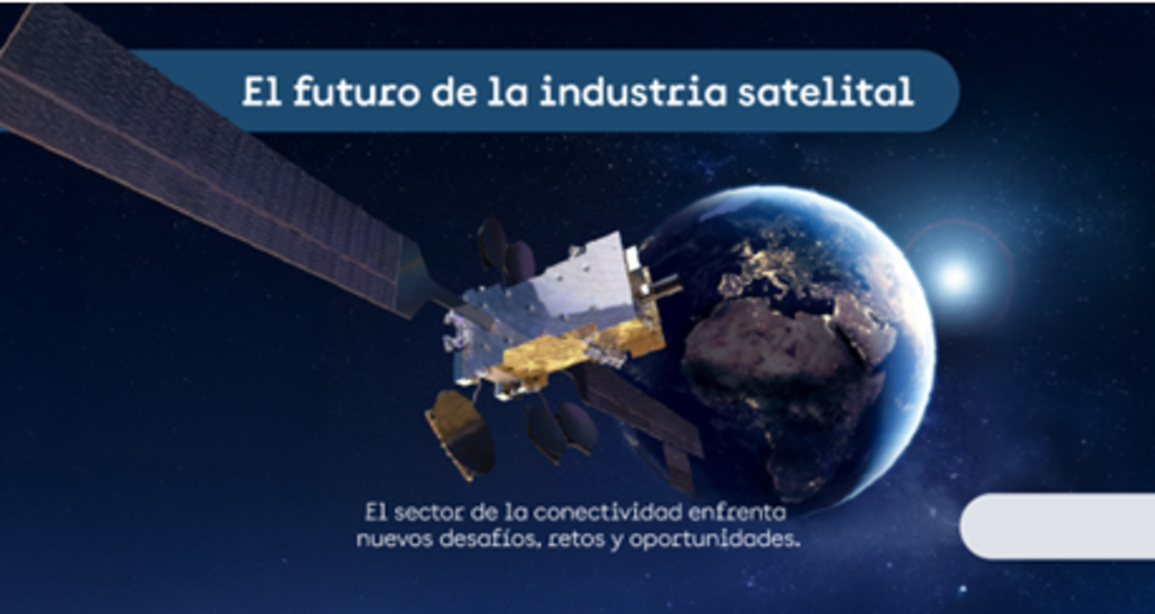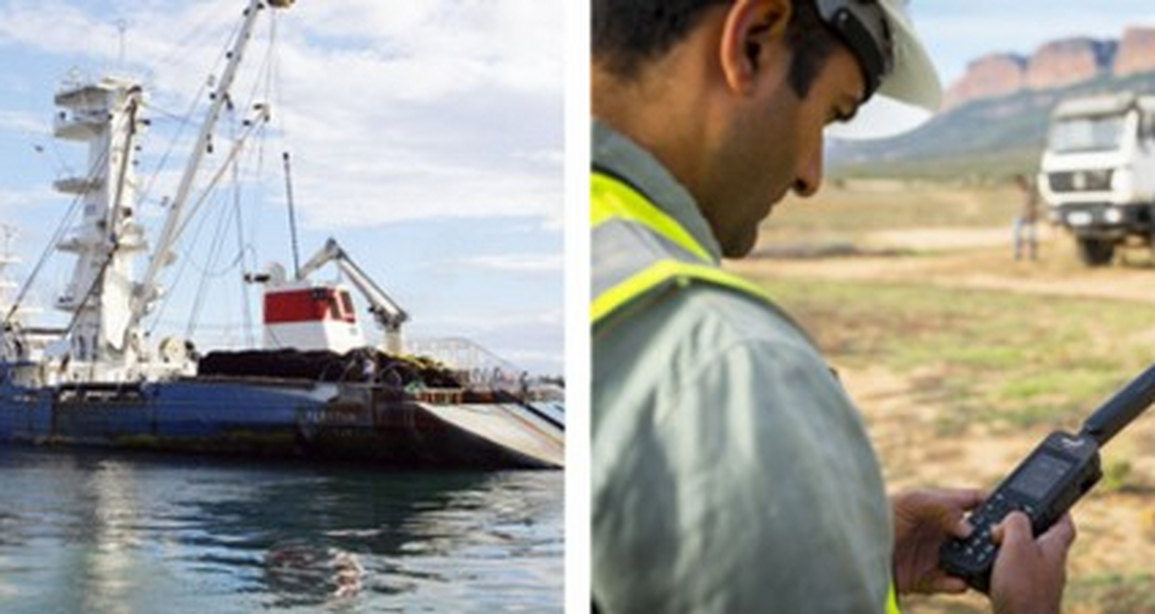
|
04 abril 2025
1. Increasing the Rate of Low-Earth Orbit (LEO) Launches
With a global projection of more than 50,000 satellites expected to operate in LEO by the end of the decade this year, we will continue to see the massive deployment of these constellations. This strong growth in launches is driven by falling launch costs and the enabling of new use cases for space technology.
Furthermore, this time, Satellite 2025 featured a new development from Europe: the launch of IRIS2 following the agreement signed with the European Commission at the end of 2024. This new European flagship program will strengthen the resilience of EU states in secure communications.
2. Direct-to-Device (D2D) Connection
Without a doubt, one of the major themes of Satellite 2025 was D2D technology, which enables direct communications between satellites and smartphones or other devices. Despite still facing numerous technological and regulatory challenges, the land-based mobile industry sees satellite as a disruptive service that would enable global coverage. In fact, it is one of the topics garnering the most attention at 3GPP, the international body dedicated to mobile network standardization, in which Hispasat participates.
3. Lunar Missions and the Return to the Moon
With NASA's Artemis program and other international initiatives, interest in returning to the moon remains a key topic in the sector. From commercial missions to the planned launch of Artemis 2, the interest in utilizing resources such as lunar ice to support future missions will mark a new chapter in space exploration. Hispasat will continue working on Moonlight, the European project to provide future lunar exploration missions with satellite infrastructure that guarantees their connectivity needs.
4. Artificial Intelligence
Artificial Intelligence is disrupting other sectors of the economy. Although the operation of satellite systems requires security levels that could hinder the adoption of this type of technology, AI could play a role in the future in fields such as optimizing service provision, processing satellite images, or even, in the more distant future, satellite operation and control. During Satellite 2025, we witnessed the first commercial developments of AI solutions for the sector, as well as the significant interest generated by this technology.
5. The Rise of Laser Communications
Laser communications are positioned as a key technology for increasing speed and security in space communications. Furthermore, significant advances are expected in both commercial and military applications by 2025, consolidating this technology as an industry standard.
6. New Players on the Space Stage and the Role of China
More and more countries are developing their own space programs, seeking a place at the international negotiating table. In 2025, the global cooperation and regulation outlined in the first point will be crucial for the sustainable development of space, while competition will foster greater innovation in the sector. Furthermore, China is expected to continue to increase its relevance in space in 2025, positioning itself as a key competitor in the sector. Its advances in satellite technology and lunar missions are setting a new standard in the global space race.
7. Space Policy and Regulatory Changes
Politics will play a key role in the space sector in 2025. The change of administration in the United States could drive significant changes in its regulation and the funding of its space projects. Meanwhile, the new European Commissioner for Defense and Space, Andrius Kubilius, has as one of his main objectives, in addition to launching ambitious space programs with greater funding, the approval of a European Space Law. This regulation must establish common rules of the game for the space activities of the Member States of the European Union.
8. Very Low Orbits (VLEO) and the Fight Against Space Debris
VLEOs, with altitudes of 250 to 350 km, offer advantages such as the natural removal of space debris and greater precision in Earth observation. By 2025, research and technological developments in this orbital regime will accelerate.
In a complex geopolitical context in which, as previously explained, the number of objects launched into space is growing exponentially, the monitoring of assets in space and potential threats, known as Space Situational Awareness, is a capability of growing interest. In this regard, both Europe and other actors are developing systems, both ground-based and with a space component, for space monitoring.
Furthermore, programs that seek to promote the development of satellite systems that provide services to other satellites already in orbit, known as In-Orbit Services (ISOS), continue to advance. This aspect could enable services such as in-orbit life extension or even the development of modular missions assembled in orbit E.
Although it may sound repetitive compared to what has been said in previous years, 2025 will once again be a decisive year for the satellite sector. Continuous technological advances, the turbulent geopolitical landscape, and corporate movements are causing unprecedented excitement in this area.
At Hispasat, we are involved in major future projects in the sector while remaining committed to focusing our efforts on the development of our society and universal access to connectivity.

03 abril 2025
Satellites have the capacity to deliver essential services to citizens regardless of location, terrain conditions, or population density. Therefore, facilitating satellite deployment by lightening the regulatory burden helps, for example, address the digital divide through broadband satellite services, capable of providing connectivity to 100% of the population.

04 abril 2025
Learn about the 5 sectors that use them the most.